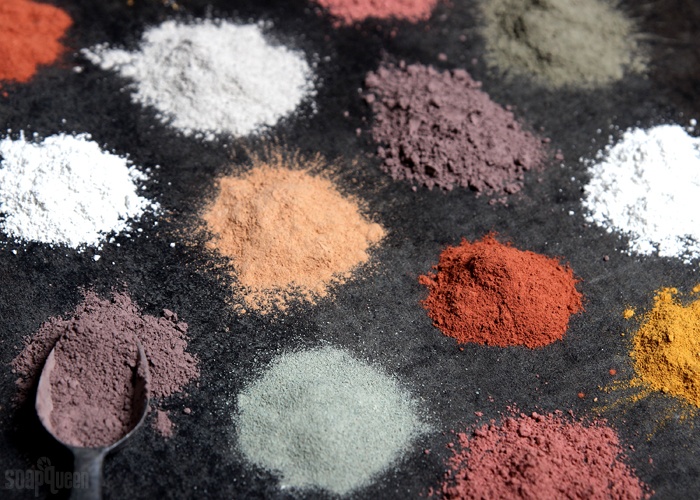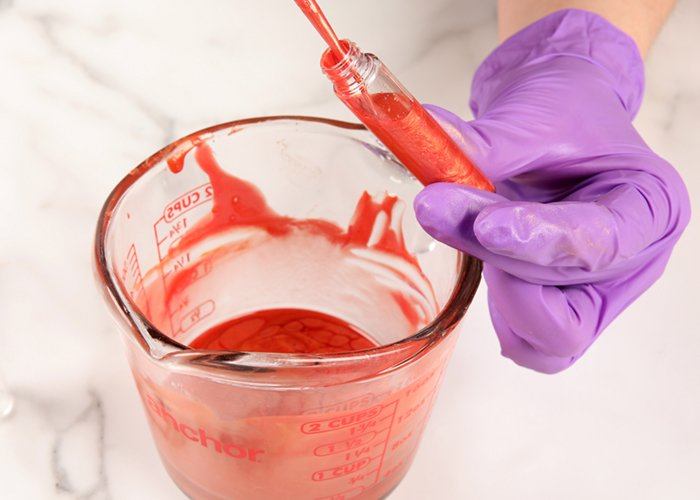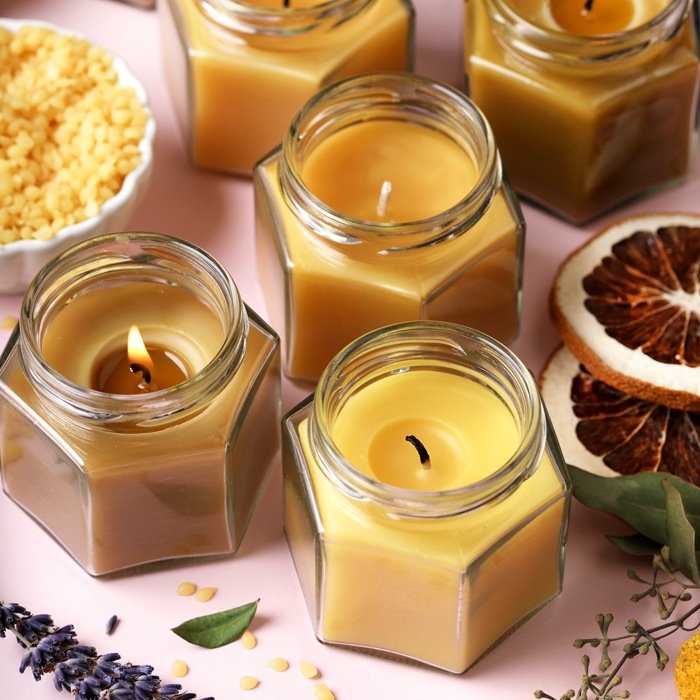5 Reasons You Should Try Rebatch Soap
If you’re a soap maker, you’ve probably heard of rebatch soap. It’s normally seen as a way to fix batches of soap that have flaws or mistakes in them, but rebatching soap is a great soap making method in its own right. There are a lot of advantages to rebatching soap, enough that you should consider making a rebatch soap just for the fun of it.
What is rebatch soap?
Rebatching soap is when you grate or
chop cold process soap and then melt it down with a small amount of liquid to create
a new soap. This is commonly used as a way to fix some failed batches of soap. When
you rebatch, you melt the soap down using a gentle heat, like a crock pot or a
double boiler. The soap doesn’t become liquid; at best it melts down to a
thick gel-like consistency. Sometimes it melts to a kind of gloopy consistency.
Either is fine.
Once the soap is melted, you can make whatever
additions or adjustments you want, and then you pour the soap into a mold and let it
harden.
So why should you try rebatch soap?
Rebatch soap is cute
Some folks may be turned off by rebatch soap because the end product doesn’t have the same consistency as cold process soap. It can be a little bumpy, for lack of a better word. You won’t be able to get the same smooth swirls that you can have in cold process soap.
Rebatch soap has a charm all its own, though. The rustic bars, whether molded individually or cut from a loaf, have this homemade look that is just sweet and homey. They’re perfect for a bathroom with a farmhouse theme, or for a fun, upcycled look.
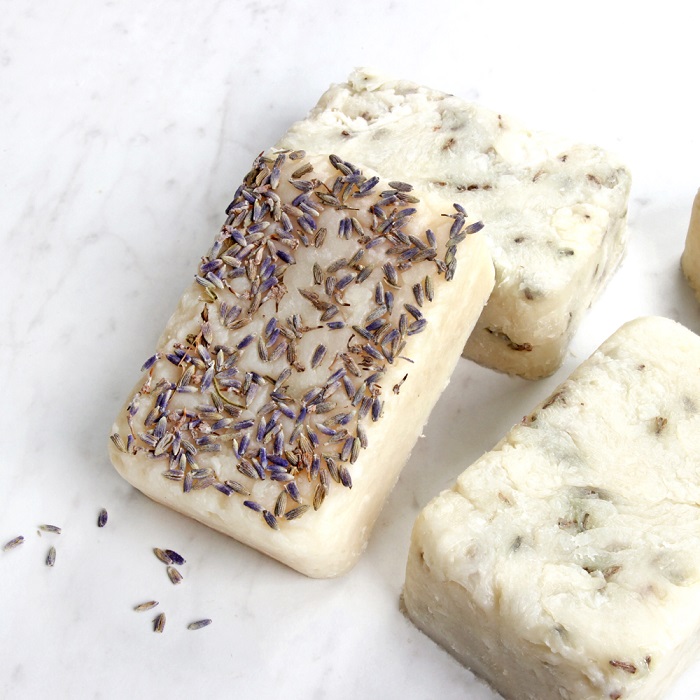
You don’t use lye in rebatching soap
Especially when starting out, soap makers can be intimidated by using lye, and for good reason. Lye is a caustic substance that can cause burns. It’s perfectly fine to work with when following safety procedures (read our Lye Safety Guide for more), some folks might want to start out with something a little less scary.
Rebatching soap can be thought of as a step between melt and pour soap making and cold process soap making. The soap that you’re melting down has already been through the saponification process, so you typically won’t need to add any lye.
Rebatching soap lets you create your own custom soap creations without handling lye at all, and that’s a great way to continue learning about soap making.
Rebatch is a way to use up soap scraps
If you’ve been making cold process soap for even a little while, you’re going to have some soap scraps on hand. Sometimes these are sliced off the ends of your loaf to make the bars look cleaner and more professional. Some soap makers also trim or bevel the edges of their soaps to make them look more attractive. Either way, it’s hard to throw out those bits of soap that are otherwise perfectly usable.
Rebatching these scraps gives them new life. You can make beautiful bars of soap from your scraps, which reduces waste and makes the most out of your soap ingredients.
Even if you don’t have enough soap scraps on hand for a full batch, you can toss them in with a rebatch soap base.
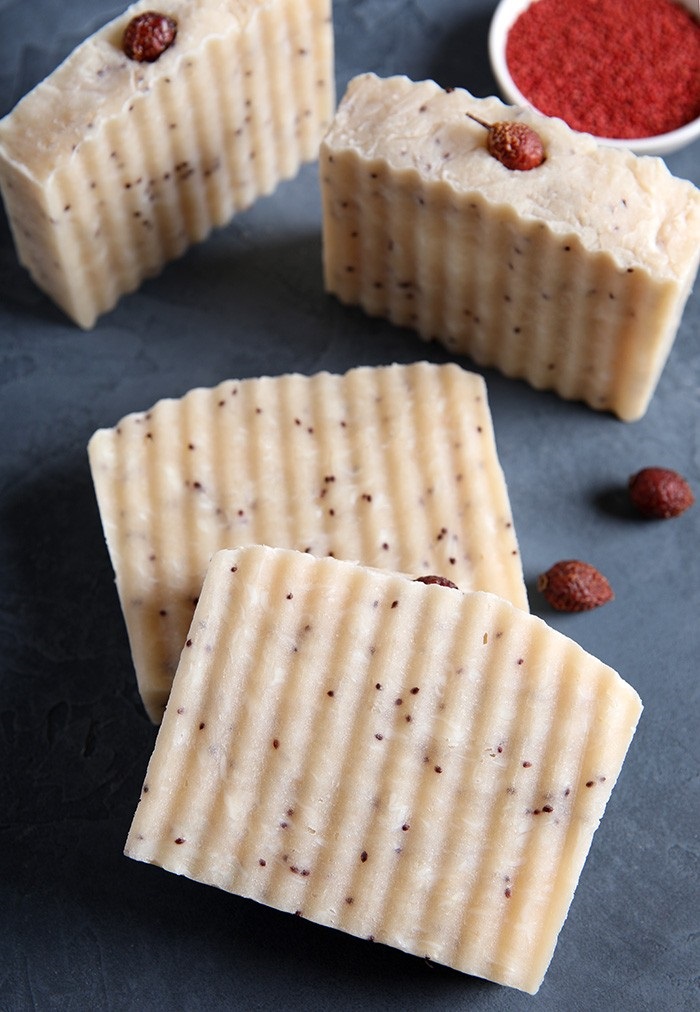
Rebatching lets you add in special ingredients
There are ingredients that we want to use in soap, but that can’t withstand the saponification process. Whether they’re heat sensitive, react with the lye, or are just consumed in the chemical reaction, they’re either removed from the soap or rendered inactive. Rebatch soap is a great way to add those ingredients to cold process soap and be sure they’ll survive in the end product.
These kinds of products include dried herbs and
spices, fragrant liquids and mixtures, and more.
In fact, while
natural fragrance oils typically don’t perform well in cold process soap,
they can be used in rebatch soap. That gives you more options as a soap maker. Check
out our natural fragrance oils and see if any tickle your fancy. If you want to add
them to soap, rebatch soap is a perfect
choice.
Rebatch soap doesn’t have a long cure time
Because the soap you use in a rebatch soap project has already gone through the saponification process, you don’t have to wait for that reaction to complete. That means that your curing time will be much shorter.
The reason you still want to let your rebatch
soap cure is because you’ve added liquid to the soap while melting it, and
it can take time for that moisture to evaporate out of your rebatch soap. This can
take anywhere from days to a few weeks.
You can check on the curing
process by gently pressing a finger into a soap bar and seeing if it squishes
slightly. If it does, it needs to dry longer.
Making sure your soap is nice and hard before using just makes sure your soap bar lasts longer. There’s no safety risk to using soap before it’s fully cured.
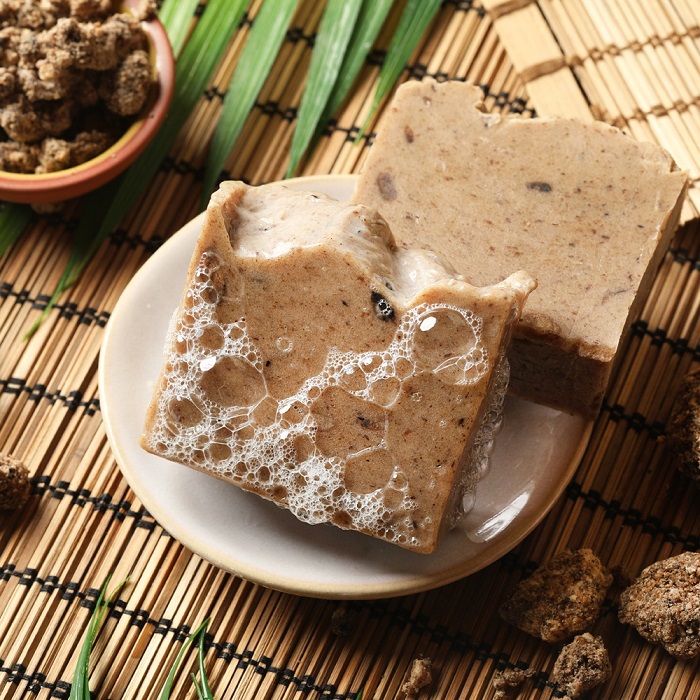
Rebatch soap tips
- Be patient: Your soap will take a while to melt when rebatching, and it will never become as smooth as a cold process soap batter.
- Tap your mold: Because your rebatch soap melts down to a thick consistency, it often has air bubbles in the mold. Make sure you tap the mold to help remove them.
- Check your soap: While your soap is melting, it may need more liquid. Check on it. If it looks dry or isn’t melting, add a little water.
- What to add: You can add oils to superfat your soap, extra water to get a smoother rebatch soap, or even herbal teas and infusions. Get creative.
- Don’t use commercial soap: Don’t try to rebatch soap unless you know for sure that it’s 100% cold process (or hot process) soap. Commercial soaps often have detergents and other ingredients that may react to the heat while melting.
Ready to get started rebatching some soap? Check out these great rebatch
soap projects for inspiration!
African Black Rebatch Soap
Project
Rose Rebatch Soap
Project
Lingonberry Rebatch Soap
Project
Wildflower Rebatch Soap
Project
Shop This Article
Soap Tags:







